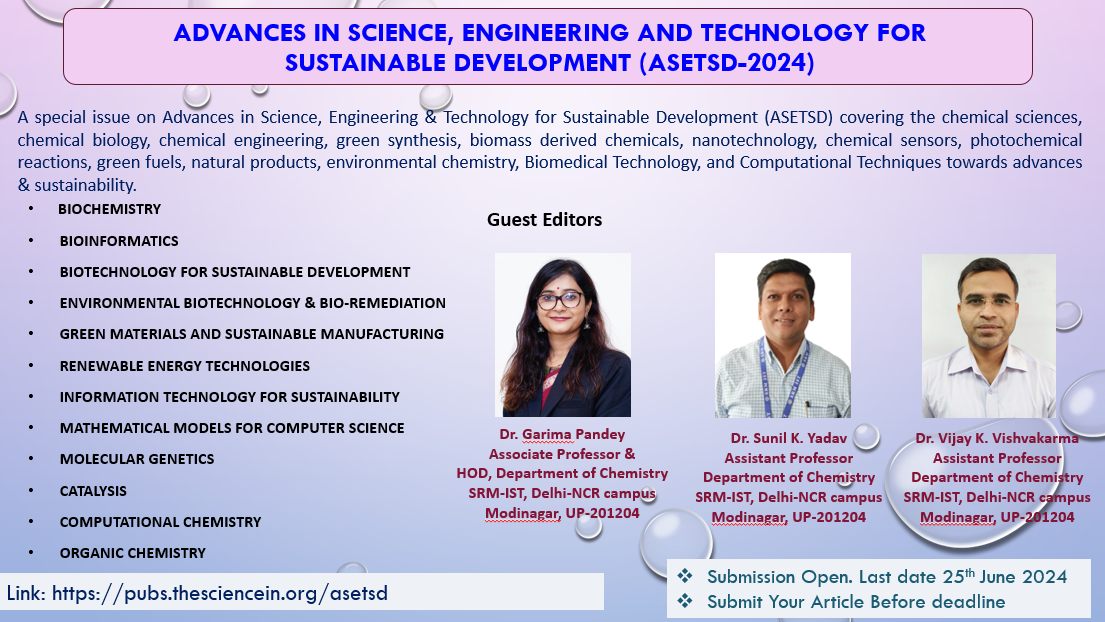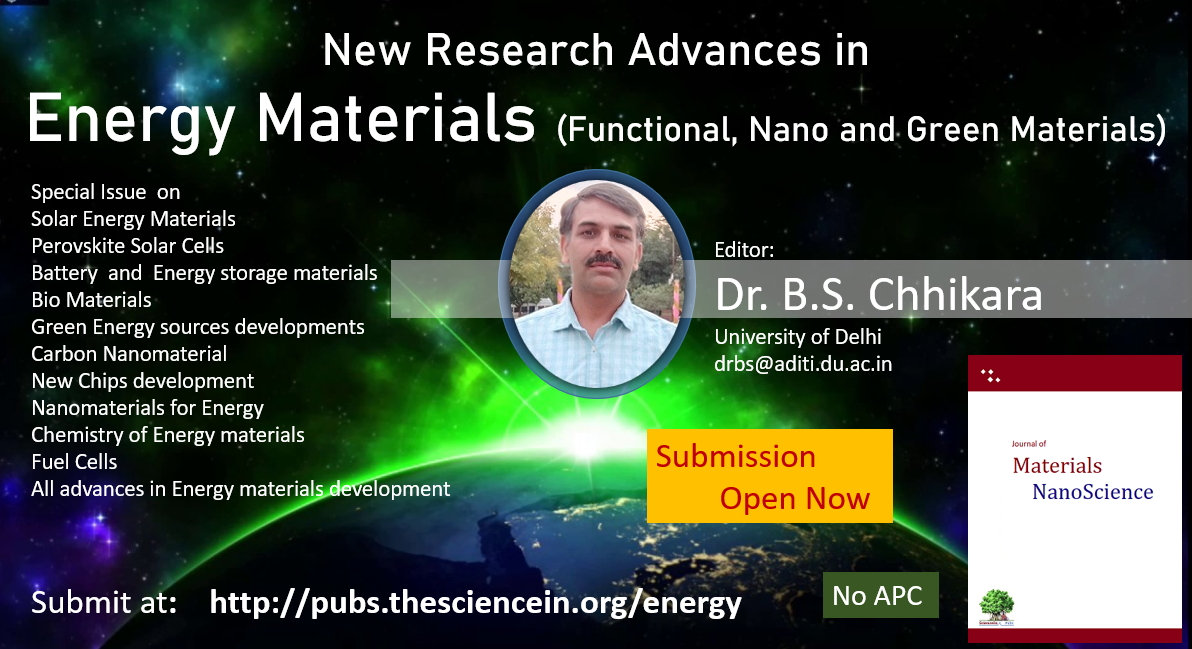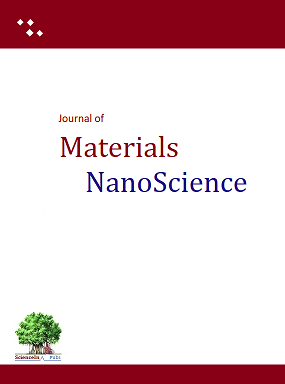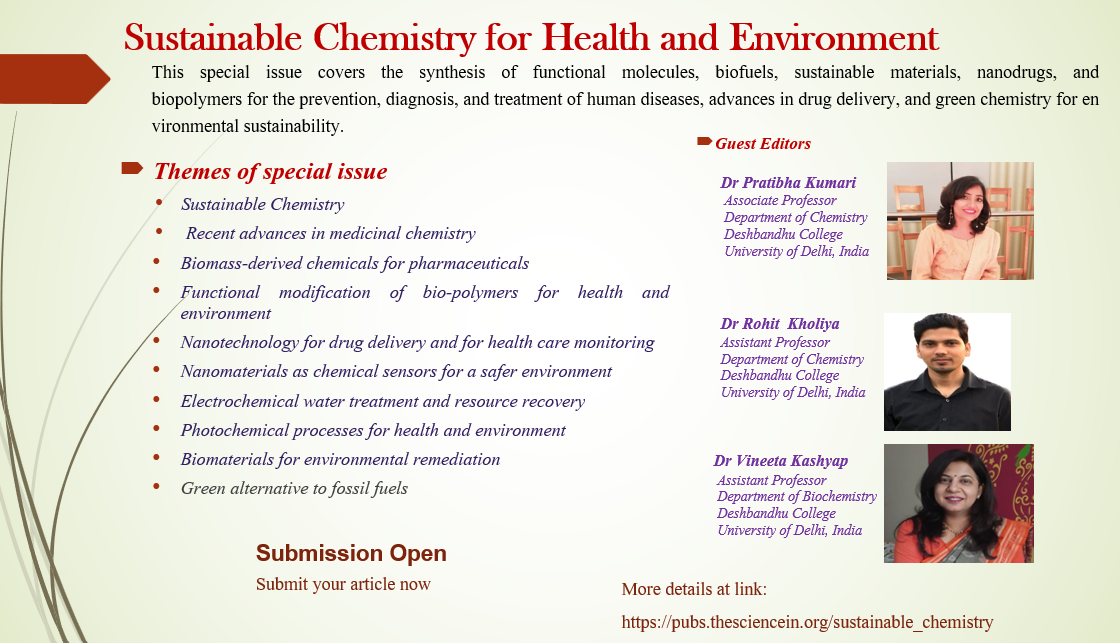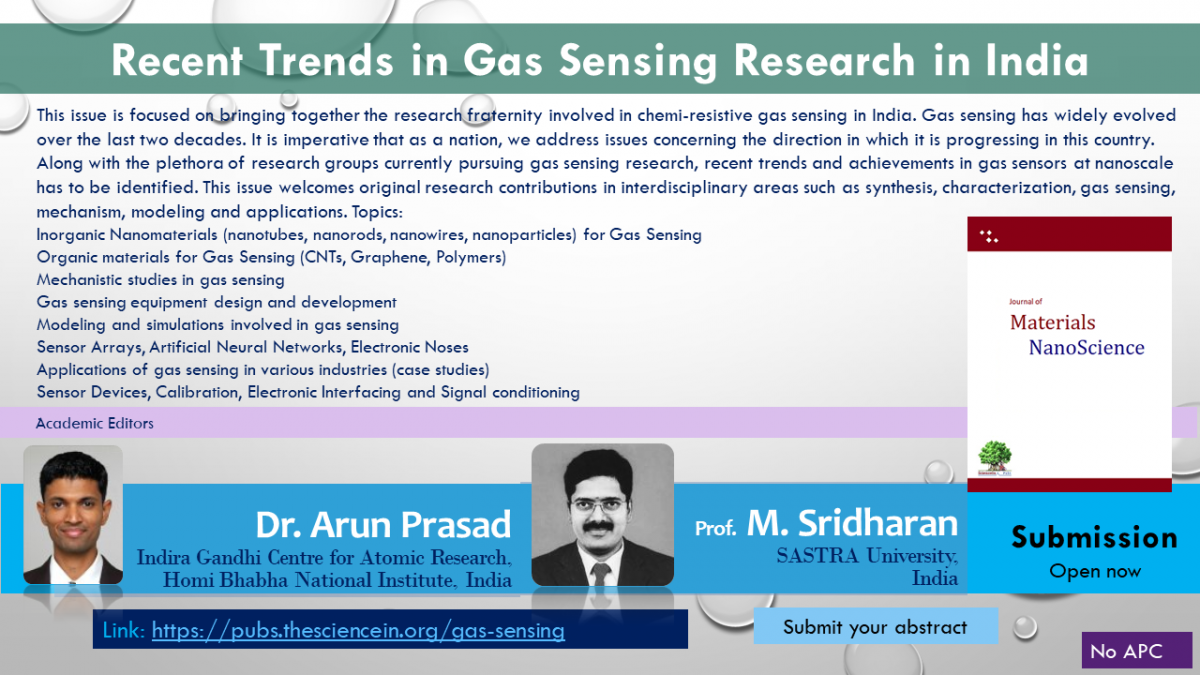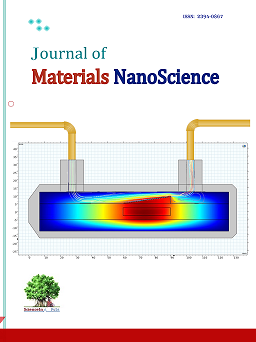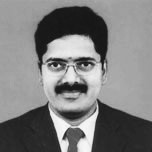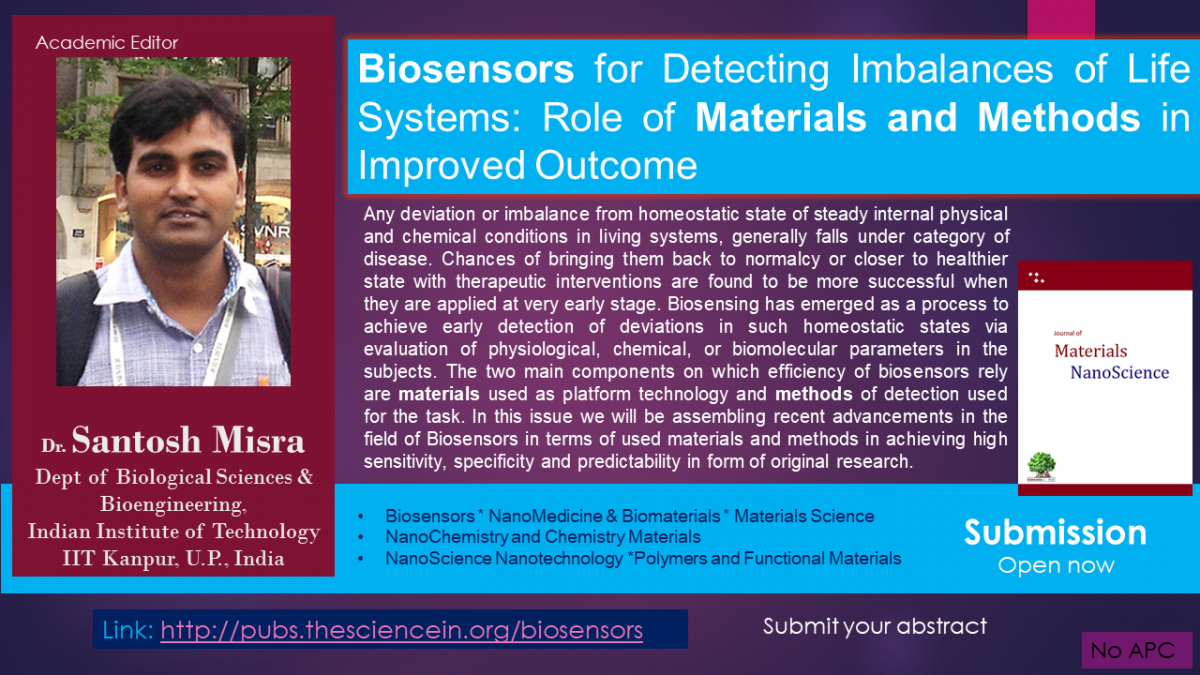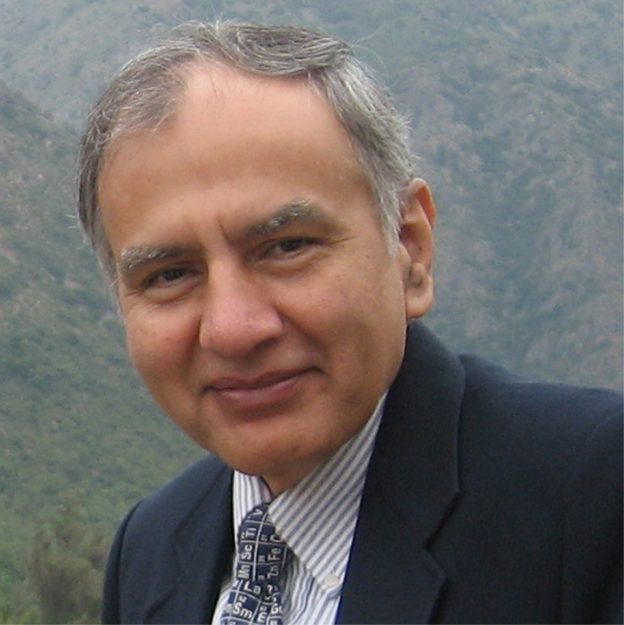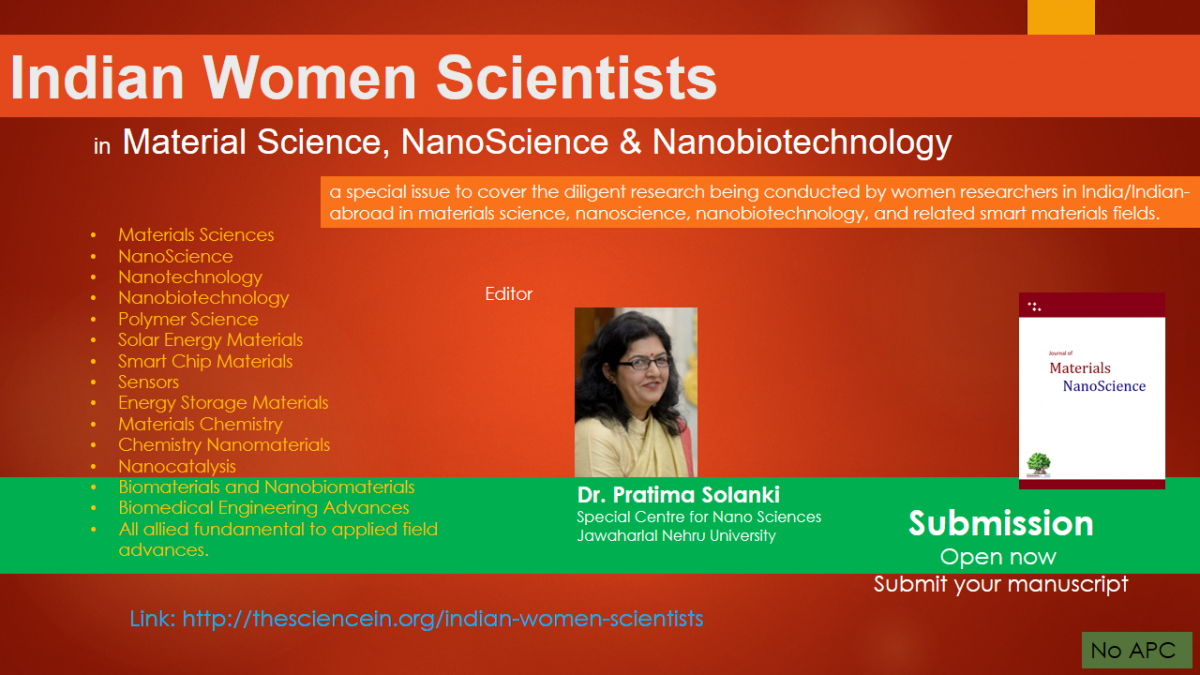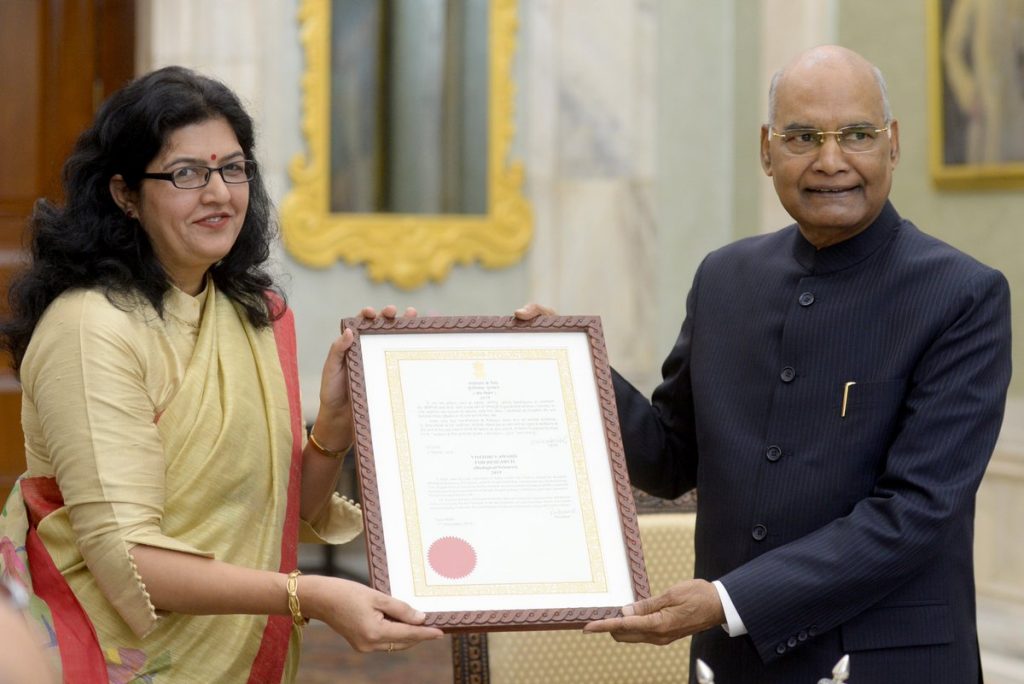A special issue on Advances in Science, Engineering & Technology for Sustainable Development (ASETSD) covering the chemical sciences, chemical biology, chemical engineering, green synthesis, biomass derived chemicals, nanotechnology, chemical sensors, photochemical reactions, green fuels, natural products, environmental chemistry, Biomedical Technology, and Mathematical Modeling and Computational Techniques towards advances & sustainability.
Severe climate change is being brought on by an increase in greenhouse gas emissions and carbon dioxide emissions generated by human-caused land use, deforestation, burning of biomass, and agriculture. The crucial problem of global warming has been the focus of collaboration between chemists and biochemists for several decades. Researchers have to develop novel, low-cost, safe, clean, and reusable alternative chemical technologies such as biofuels, renewable energy sources, and functionally modified chemicals and nanomaterial in order to decrease the use of fossil fuels and ameliorate air and land pollution. When it comes to solving problems with soil remediation, water treatment, climate change, human health, and the environment, nanotechnology is one of the most promising technologies to encourage sustainable development.
Department of Chemistry in collaboration with Department of Mathematics, SRM Institute of Science and Technology, Delhi-NCR Campus, Modinagar Ghaziabad, U.P. is organizing a three-day National Conference on “Advances in Science, Engineering, and Technology for Sustainable Development (ASETSD-2024)” to be held on 06th-08th June 2024”.
A special collection of articles (research and reviews) covering the theme and presentations from conference will be published in standard scientific journals.
Theme of special issue
This special issue will cover recent chemical sciences, chemical biology, chemical engineering, green synthesis, biomass derived chemicals, nanotechnology, chemical sensors, photochemical reactions, green fuels, natural products, environmental chemistry, Biomedical Technology,. This issue will also take a close look at advances technological developments that solve various challenges connected to the researchers, scientists and industries for green synthesis, biomass derived products, nanotechnology, photochemical reactions, green fuels, natural products, Biomedical technology, and Mathematical Modeling and Computational studies and application for tackling important topics.
Sub-Themes of special issue
- Biochemistry
- Bioinformatics
- Biotechnology for Sustainable Development
- Molecular Genetics
- Catalysis
- Computational Chemistry
- Organic Chemistry
- Environmental Biotechnology & Bio-remediation
- Green Materials and Sustainable Manufacturing
- Information Technology for Sustainability
- Mathematical Models for Computer Science
- Renewable Energy Technologies
Guest Editors
Dr. Garima Pandey
Associate Professor & Head
Department of Chemistry
SRM Institute of Science and Technology, Delhi-NCR
Campus Modinagar, Ghaziabad-201204
Dr. Sunil Kumar Yadav
Assistant Professor
Department of Chemistry
SRM Institute of Science and Technology, Delhi-NCR
Campus Modinagar, Ghaziabad-201204
Dr. Vijay Kumar Vishvakarma
Assistant Professor
Department of Chemistry
SRM Institute of Science and Technology, Delhi-NCR
Campus Modinagar, Ghaziabad-201204
Date Schedule:
Article Submission: 25-06-2024
Issue Completion: 20-09-2024
Submission
Authors need to submit their articles to guest editors for preliminary evaluation and peer -reviewing. Contact details of guest editors available on conference website: https://sites.google.com/srmist.edu.in/asetsd/home . Final accepted article will have to be submitted on respective journal site.
Participating Journals
Chemical Biology Letters: https://pubs.thesciencein.org/journal/index.php/cbl
Biomedical and Therapeutics Letters: https://pubs.thesciencein.org/journal/index.php/btl
Journal of Molecular Chemistry: https://pubs.thesciencein.org/journal/index.php/jmc
Journal of Materials NanoScience: https://pubs.thesciencein.org/journal/index.php/jmns
Applied Nano Medicine: https://pubs.thesciencein.org/journal/index.php/nanomed
Journal of Integrated Science and Technology: https://pubs.thesciencein.org/journal/index.php/jist
Journal of Molecular Materials: https://pubs.thesciencein.org/journal/index.php/jmm


